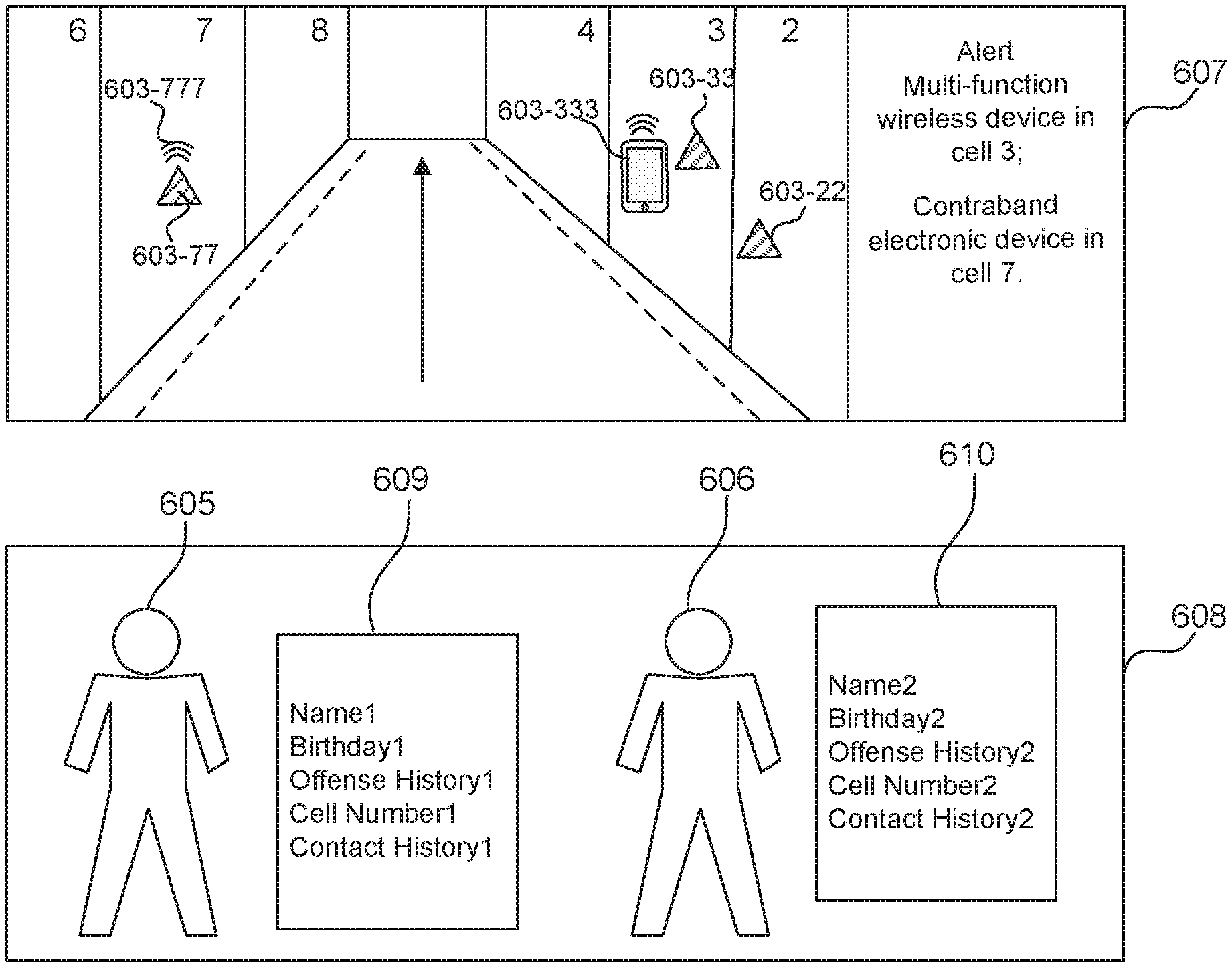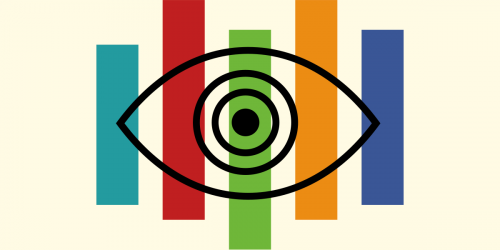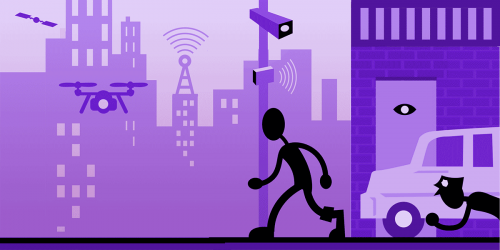This post has been updated to provide additional context about patents and patent applications, which are indications of an entity’s interest in a particular product but not proof that the product is currently in development or available for use. You can read more about the role of patents in this series in our post, “The Catalog of Carceral Surveillance: Patents Aren't Products (Yet)”
No matter how many rights are taken away from people in prison, no matter how brutally they are treated, the prison industrial complex hasn’t stopped concocting new ways to extract money from prisoners and their families. Securus, in one of their newest patents, granted February of 2021, has imagined a new tool for doing just that: using a tablet issued to individual inmates to allow them to make video calls, access information about their case, and give them the opportunity to pay money for temporary access to video games.
Just because you are in prison doesn’t mean you get a pardon from microtransactions and the insatiable maw of capitalism.
Importantly, patents often precede the actual development or deployment of a technology. Though applications may demonstrate an interest in advancing a particular technology, these intentions don’t always progress beyond the proposal, and many inventions that are described in patent applications don't wind up being built. What we can glean from a patent application is that the company is thinking about the technology and that it might be coming down the pipeline.
In this case, the tablet being dreamed up would be useful for more than just extracting money from prisoners. Securus proposes that it can also be used as a biometric surveillance device. According to the patent:
“the monitoring system may be configured to collect sensor information from the resident communications device in order to detect unsafe conditions during a gaming session. For instance, the monitoring system may collect sensor information from the resident communications device indicating a level of stress or agitation by the resident during game play. One or more gyroscope sensors included within the resident communications device may be used to detect unsafe handling of the resident communications device. Heart rate and blood pressure information detected by sensors worn by the resident may be transmitted via RFID (Radio Frequency Identification) to the resident communications device.”
If the sensors and biometrics in such a handheld device could be used as an indicator of a prisoner’s mood, it’s possible that those observations could be used for other prisoner evaluations. We could imagine a scenario in which a prisoner’s excitement or anger while playing a game is misused by the system to determine that the prisoner is uncooperative or a recidivism risk. Perhaps prisons may even use this data in parole hearings or when deciding to give punishments/rewards to prisoners. If Securus, or any company, were to develop a gaming device with such mood monitoring, your “gamer moment” in the digital world could be used as more cause for more punishments in the real one.
Following the publication of this post, Aventiv, the parent company of Securus, provided a statement to EFF that said it is “committed to protecting the civil liberties of all those who use our products” and that the company is “reviewing all open patents to certify that they align with our transformation efforts.”
Global Tel-Link
The gaming world is also potentially lucrative ground for another prison telecommunication company, Global Tel-Link, which has filed a patent for a virtual reality (VR) service for prison inmates. It would, according to their own description, allow the prisoner to, “for a brief time, imagine himself outside or away from the controlled environment.”
According to the patent, Global Tel-Link envisions this prison VR system as supplementing, or entirely replacing, in-person visits so that inmates could interact with friends and family in a controlled and monitored virtual environment. We imagine Global Tel-Link would presumably charge for this service in the same way it charges for all of its other prison communications products.
But prison inmates aren’t the only ones subject to monitoring and technological “assistance” from Global Tel-Link. The company has also filed a patent for Augmented Reality to assist and surveil the prison guards: essentially “Google Glass: Prison Edition.”
An image from the patent, Global Tel-Link’s AR device patent
According to the patent, Global Tel-Link’s AR device worn by guards would have myriad functions. It would be able to perform facial recognition on inmates and display vital details such as their name and history. It also purports to display the location of any rogue radio frequency signals that could indicate contraband cell phones. Further, it reportedly has object detection powers, and can highlight any dangerous or contraband objects such as weapons or open doors which should be closed.
The patent is particularly troubling because AR already has many potential privacy problems created by their always-on cameras and other monitoring devices. AR systems’ civil liberties problems would be heightened if they are used in prisons, given that incarcerated individuals already have much less privacy and autonomy than people in public.
The patent also describes how the AR devices could be used to track prison guards. Global Tel-Link states: “In some situations, activities of guards lack monitoring, giving some staff/guards the opportunity to get involved in importation of contraband goods into the controlled environment.”
Who watches the watchers? Apparently Global Tel-Link does. The company declined to comment for this post.
GTL’s proposed system described in the patent could also monitor whether prison guards are staying on task. According to the patent, the AR system “stores ... a set of criteria defining whether a monitored activity is determined as ‘normal’ and ‘abnormal.’ For example, the set of criteria includes the time range to complete an assignment, the designed path for an assignment, the dwelling time at one location, the heart rate range, the regular presence locations of inmates, etc.”
We are skeptical about the ability of Global Tel-Link to fit so many advanced technologies into a wearable device, especially at a price that will be comfortable to the owners of public and private prisons. However, if the company is able to build its patent, the result would be that prison guards would join incarcerated people under the omnipresent eye of the panopticon.












